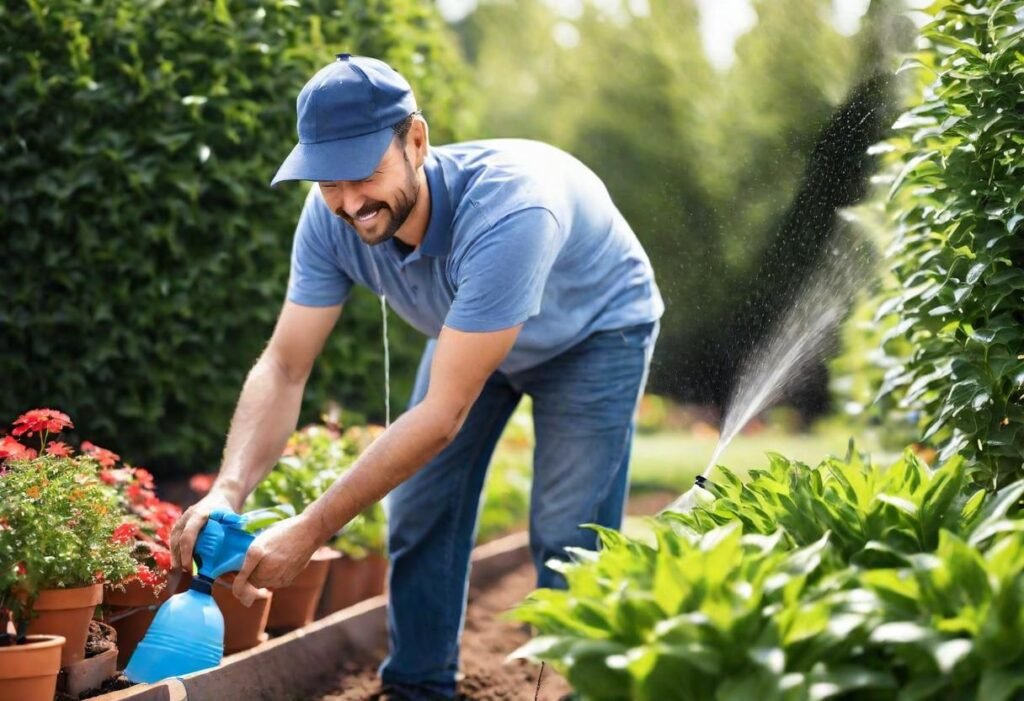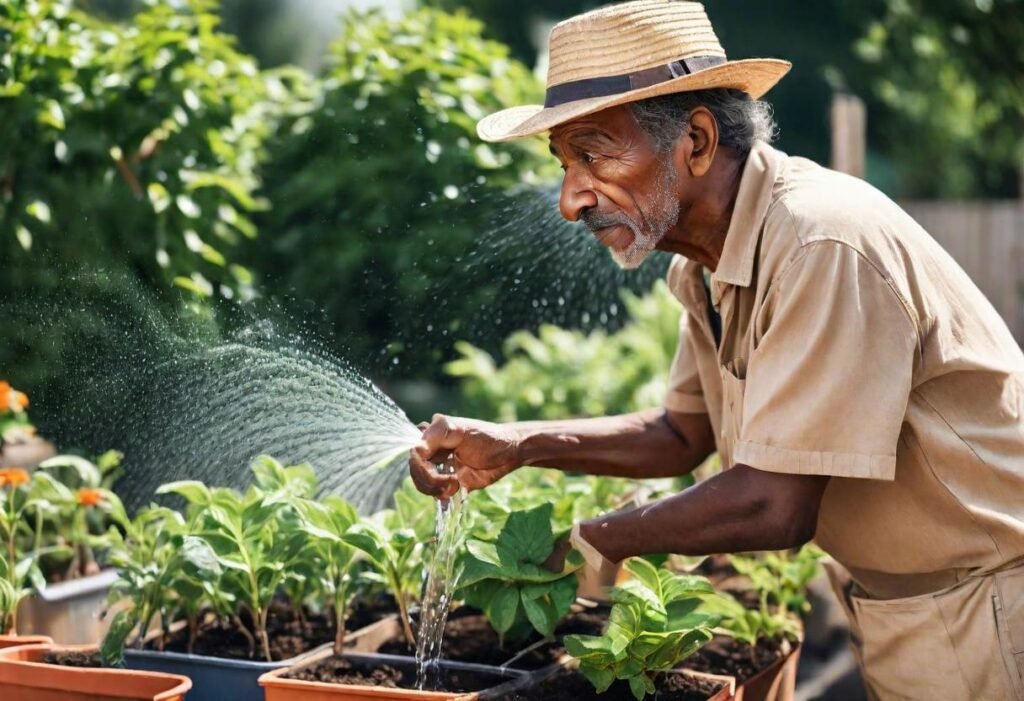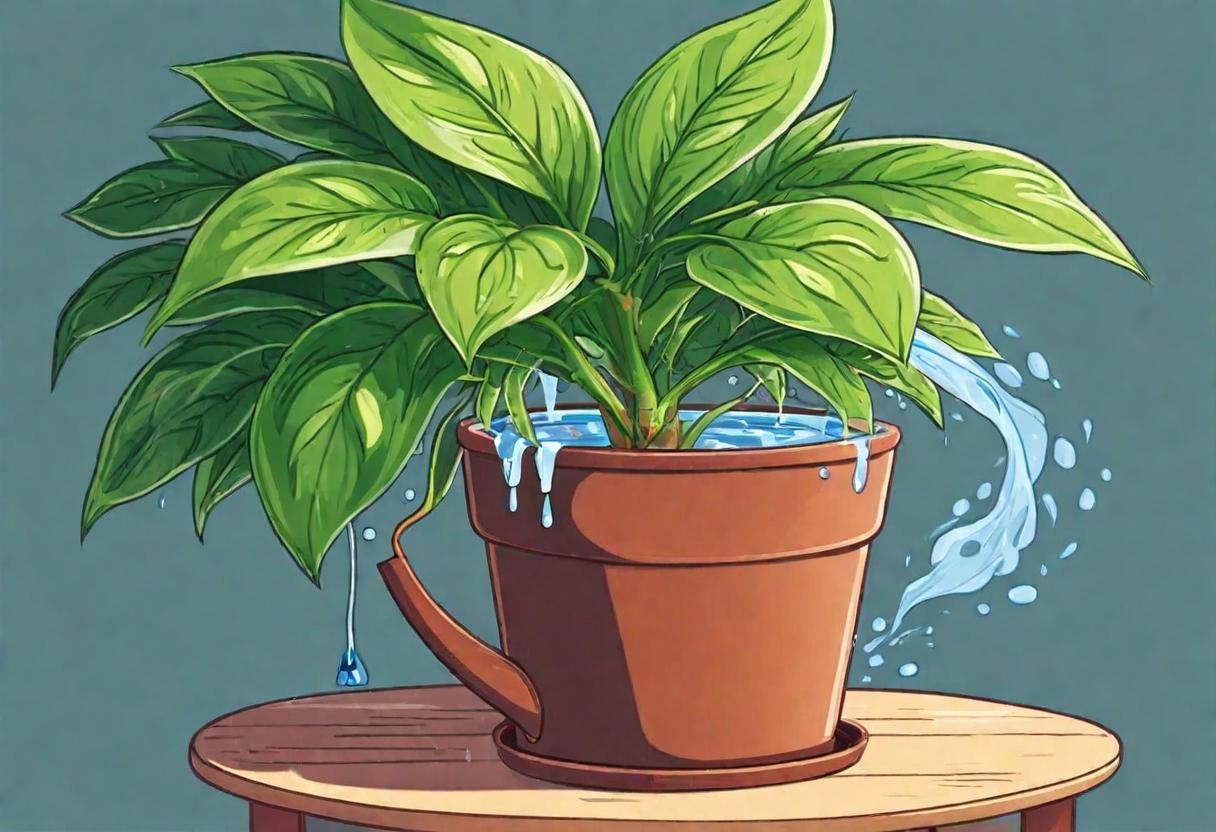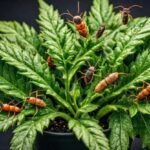Mastering Additional Watering
Certain practices, like watering, are essential in plant care. Water is the lifeblood of our green companions, ensuring they thrive. However, there are instances when regular watering may not meet the plant’s needs. This is where the concept of “overwatering” comes into play. This comprehensive guide will highlight the complications of overwatering, its importance, signs that warrant it, best practices, and how to avoid overwatering damage.
Burden of overwatering:

Signs that extra watering is needed:

Knowing when your plants need extra water is essential to their health. Several telltale signs indicate that a plant is thirsty for more moisture. These include leaf drops, dry or crumbly soil, leaf discolouration and stunted growth. Different plants can exhibit these symptoms to varying degrees, so it’s essential to familiarize yourself with the specific needs of each species you care for.
Best practices for extra watering:

Water deeply: Water deeply instead of the surface to ensure water reaches the plant’s root zone. This promotes vigorous root growth and drought resistance.
Use Drip Irrigation: Drip irrigation systems deliver water directly to the plant’s root zone, reducing evaporation and runoff.
Follow a watering schedule: Establish a regular schedule based on plant type, soil moisture and weather conditions. Adjust frequency as needed to accommodate seasonal changes.
Monitor soil moisture: Before watering, measure soil moisture using a meter or a simple finger test. This helps prevent under- and over-watering.
Consider Environmental Factors: When determining the frequency and volume of watering, consider factors such as temperature, humidity, and wind.
Avoid overwatering:






